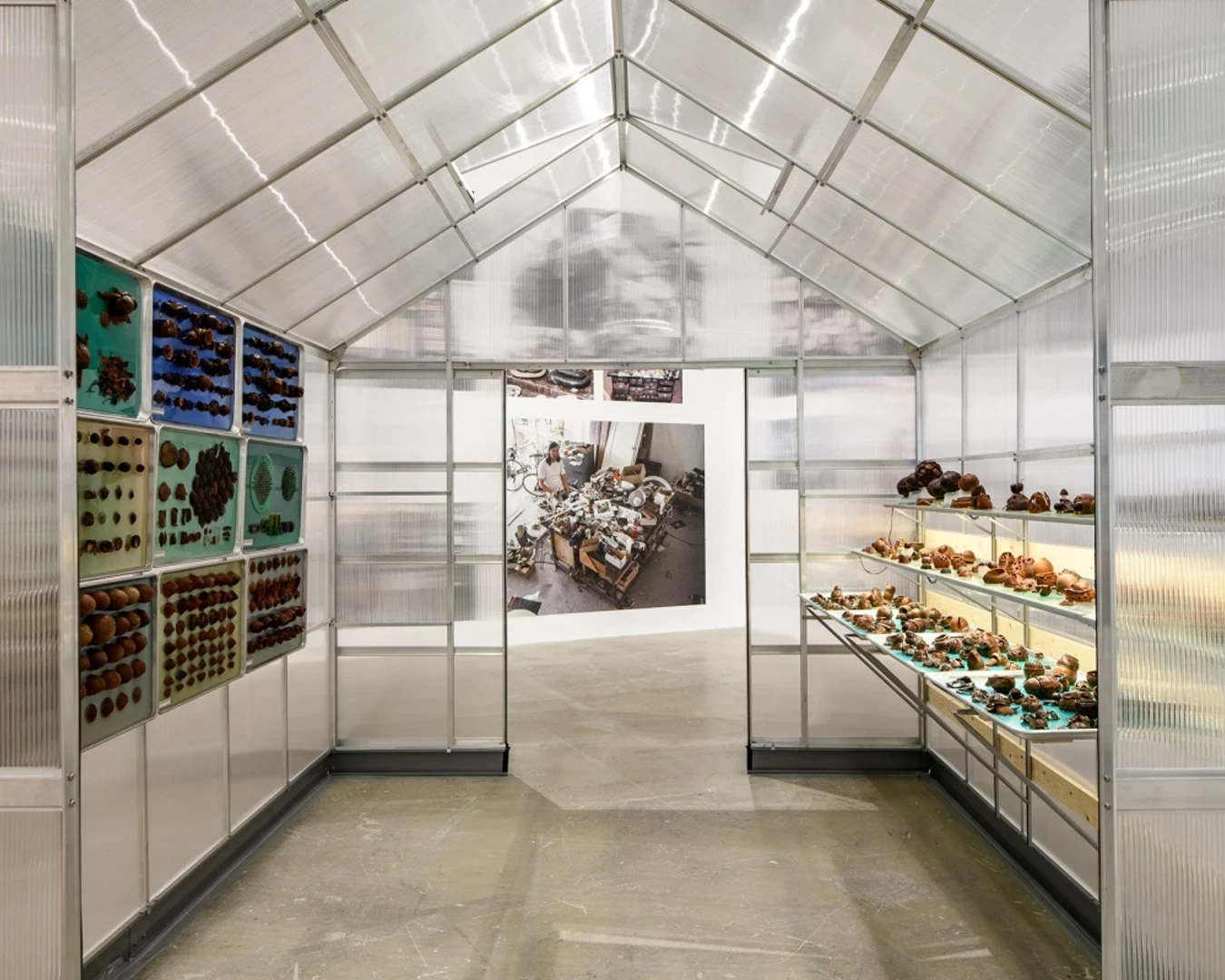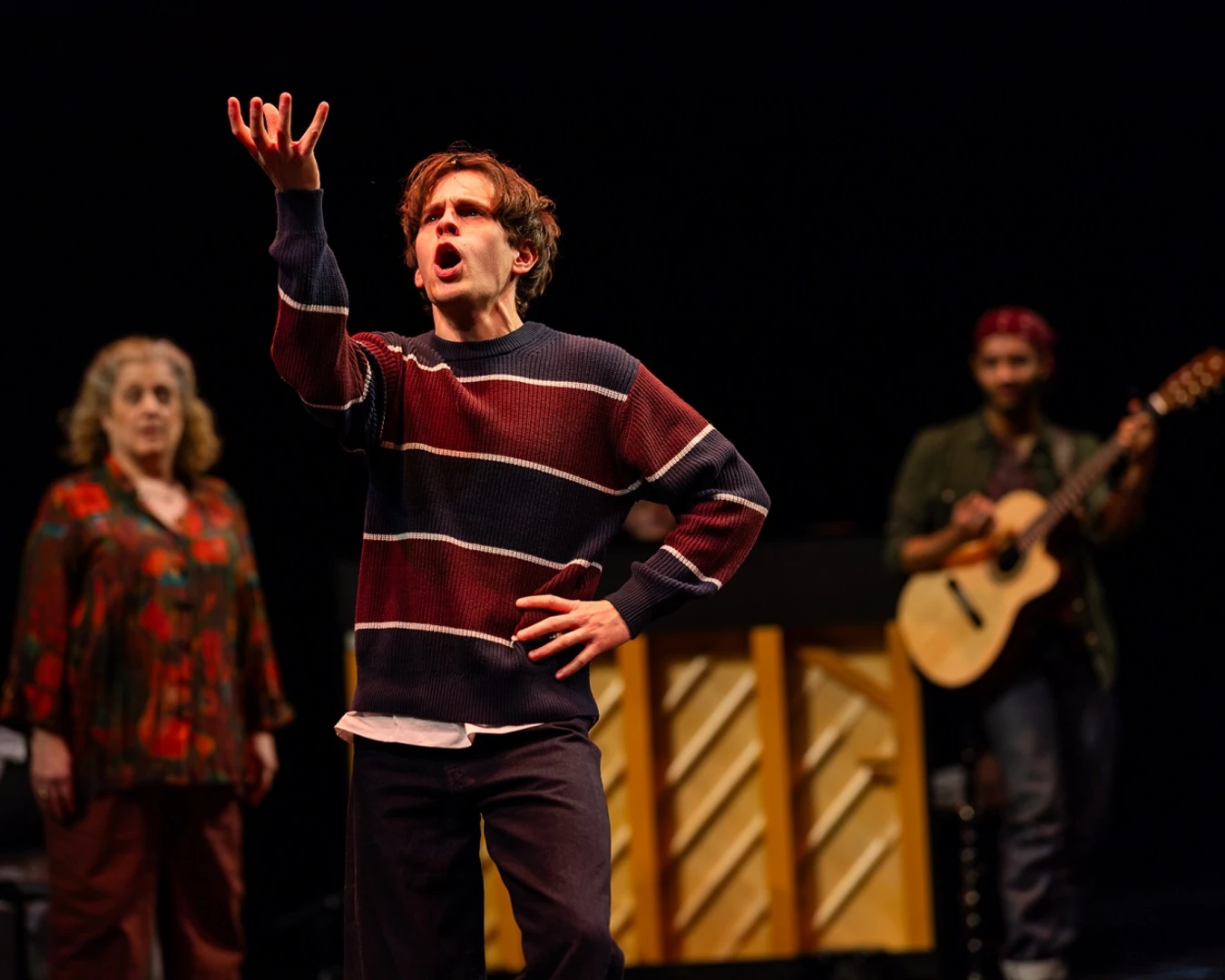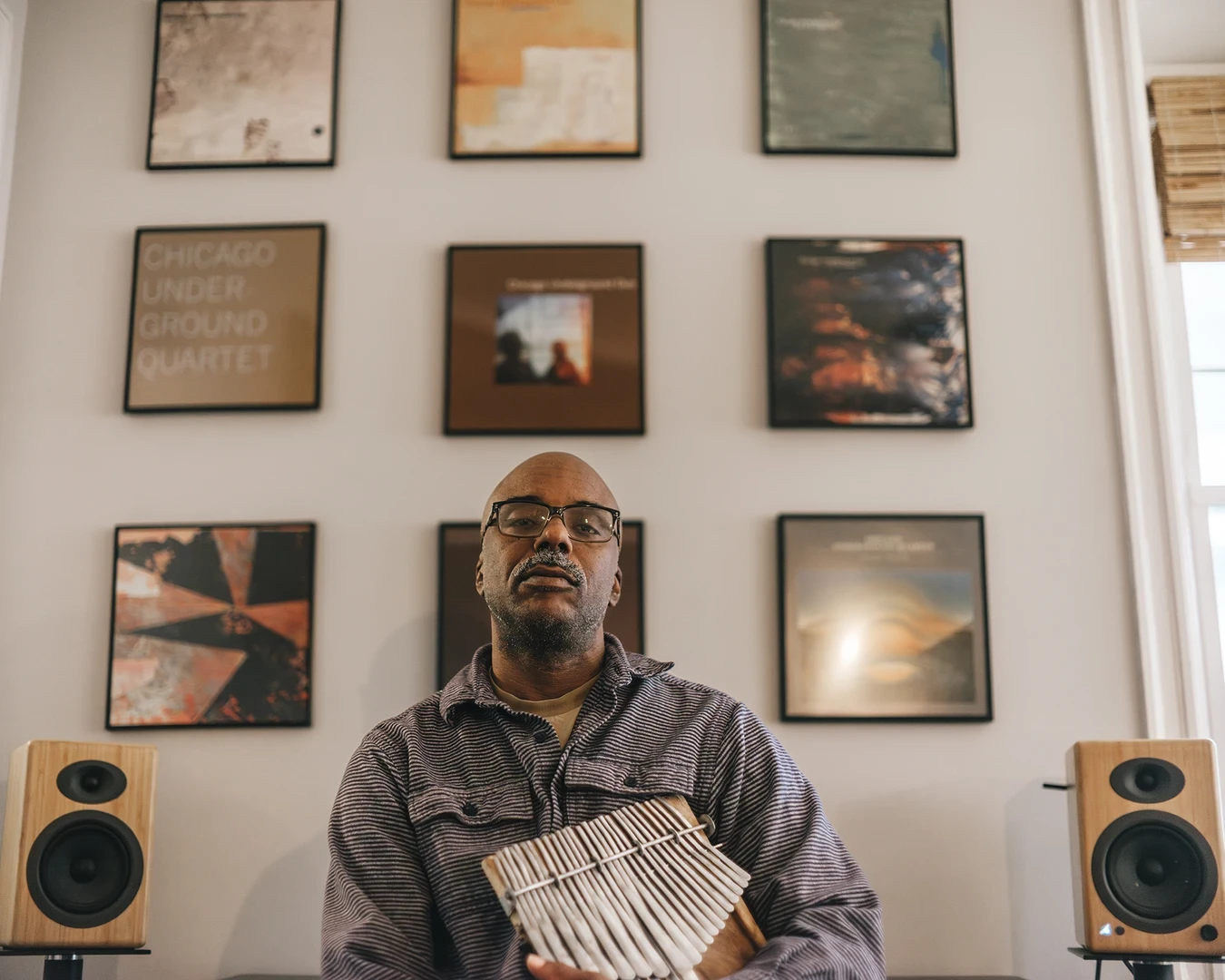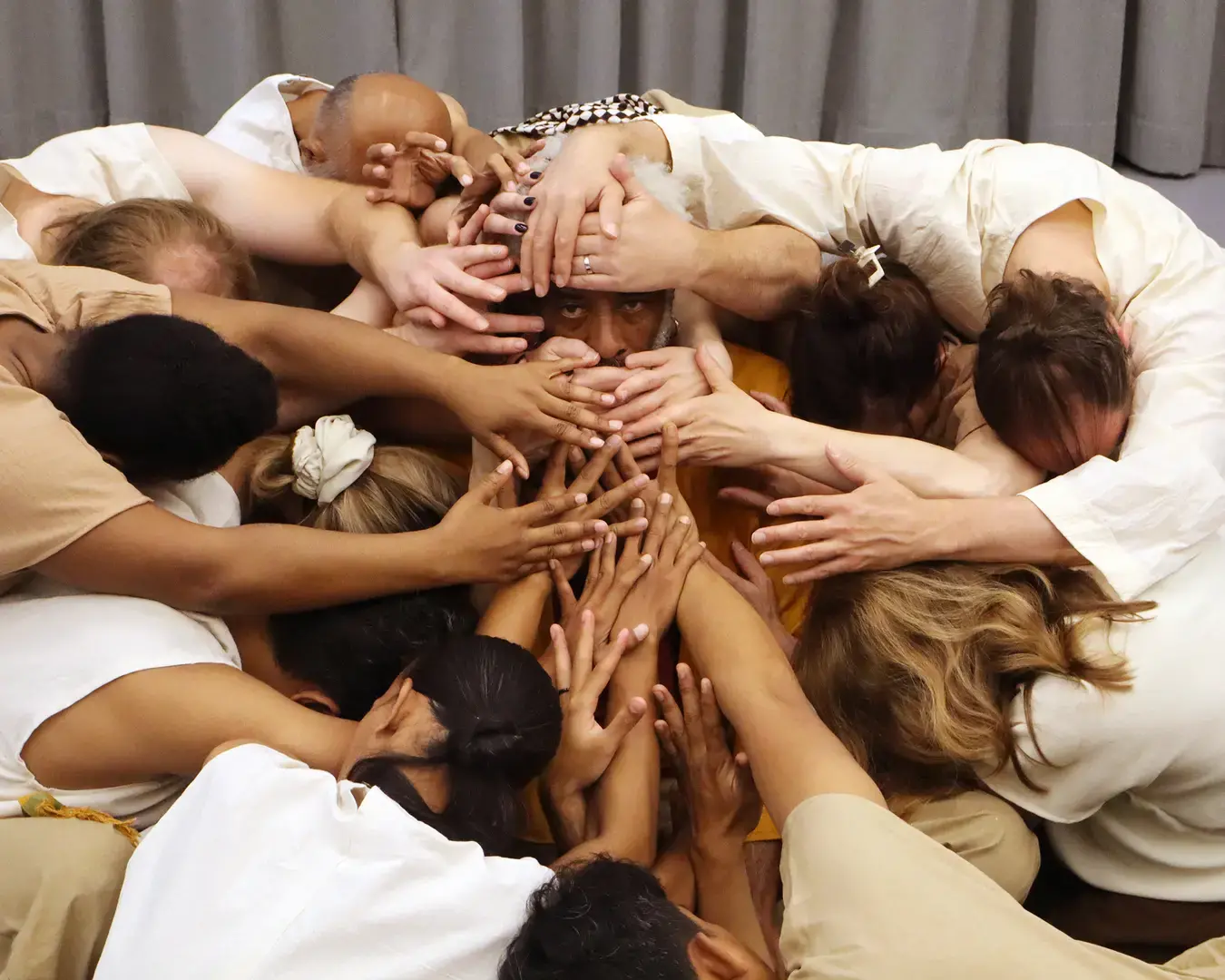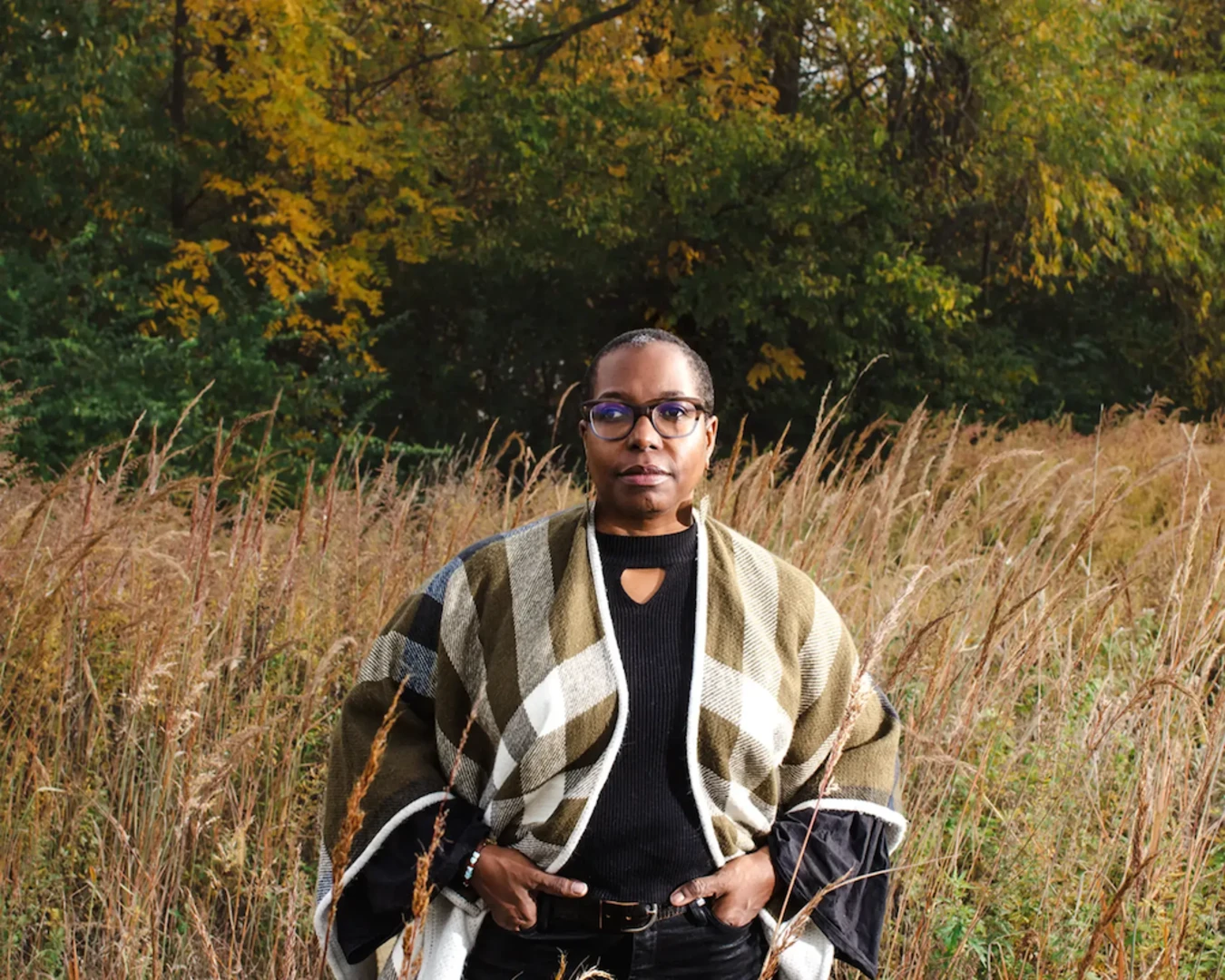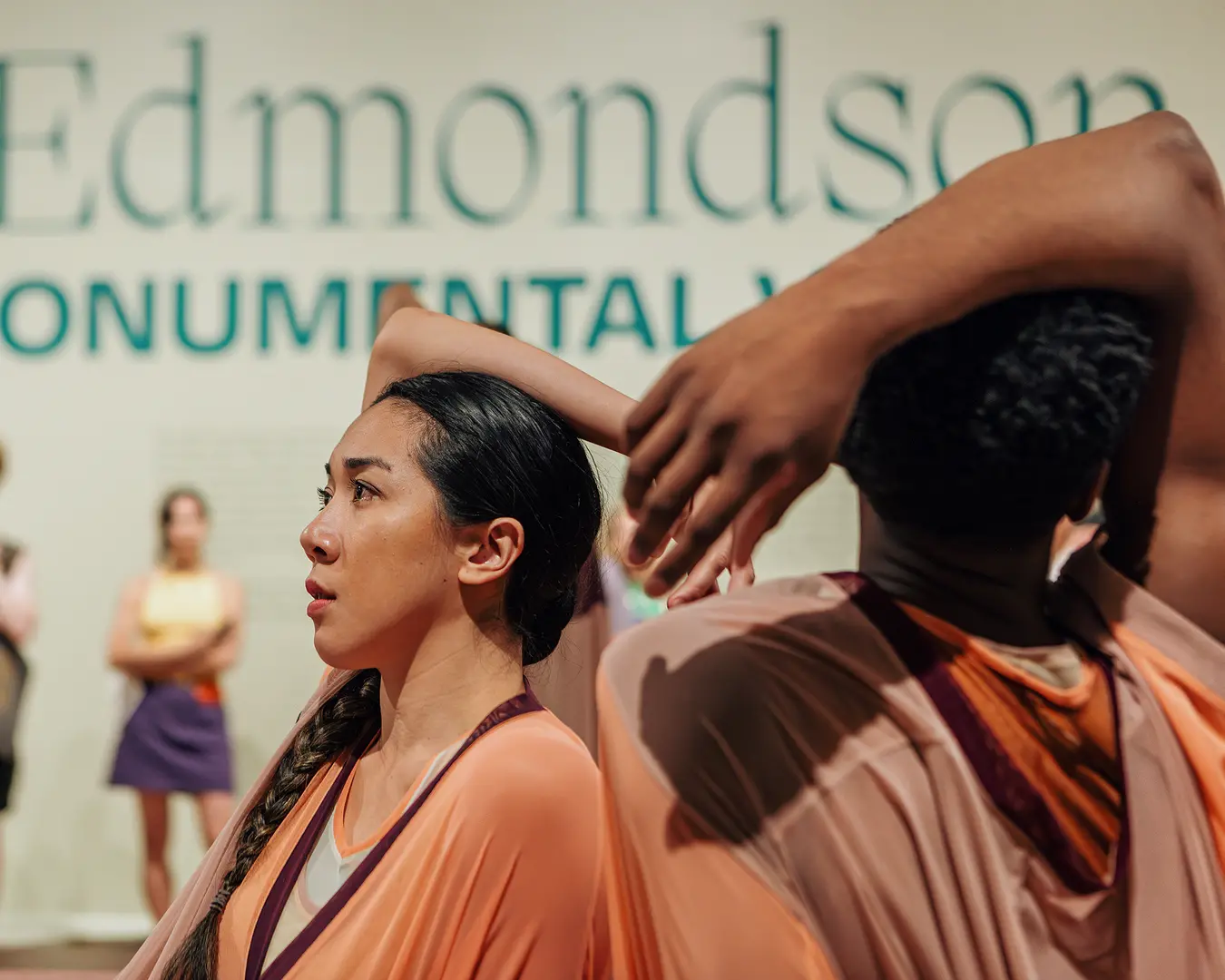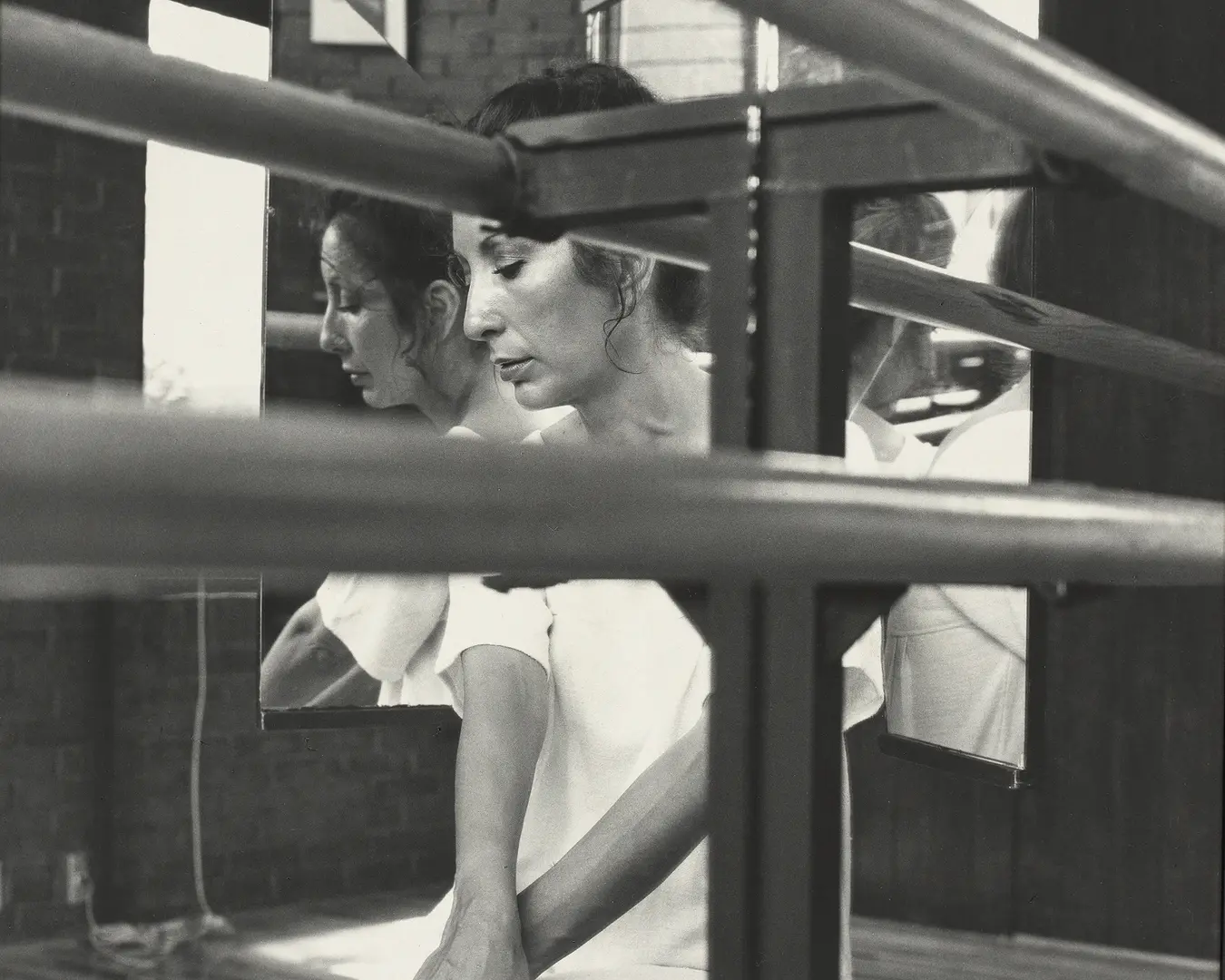Transcript permalink
In 1946, when I was 9 years old, my mother placed me in a progressive boarding school located in Ojai Valley, California. Her reasons were inexplicable. I suppose she thought it would be a great experience for me. But it wasn't. She was wrong.
Loneliness set in on the very first night. I didn't cry though. Who would care or listen? During that first year, I felt I was losing my childhood before completely experiencing it. Nostalgia was creeping into my young soul.
To offset this despair, I decided to become famous at something and receive a lot of attention. But what would that something be? I didn't know.
One activity was consolation. In the dark atmosphere of nearly night, the children played a game called ditch and run, really hide and seek. I liked being chased and I loved out-distancing my pursuer. A big triumph for a small person. I was in control of my athletic self.
During my second year at school I became despondent. But then at midterm, folk dancing was introduced as a once a week evening activity. I loved it passionately and decided that dance would become my destination and maybe my grown-up profession. And then my childhood would last forever.
I sent my mother many letters about my decision to dance. The moon was in Ojai, but the stars were in my head. I wanted to become one. That summer I changed my name from Iris to Allegra. I had discovered my new persona.
I checked out many books and saw what ballerinas looked like. Some were on their toes, a point of interest to me. I also included a book, the biography of Anna Pavlova. I had heard of her.
Looking back, I see that my mother's choice about my course of study was odd. But she wanted me to start with Nijinska, the sister of Nijinsky. That was a glorious, but impractical idea. Nijinsky was a legend, and the power of his name was magnetic. Ballet was in their family line, in their blood.
With Nijinska, dance unfolded forward as her memories unfolded backwards. Perhaps her ideas would be born anew in her receptive students. After less than three weeks, my coordination and natural ability came together. And my body easily achieved something I thought was wonderful, a tour jete, a towering leap.
It was a simple step but great fun to do. And consisted of a twist in the air where a high leg in front becomes a high leg in back. And then you change legs. My body clicked like a silent castanet. I was inspired. I will never forget that moment. It was mine forever.
I had found something that motivated my mind, muscles, and passion. It was ballet, yet I had never seen a ballet on stage. My idea of what a performance would be like were very shadowy. But to watch Nijinska teach a class with the wonder, at that moment, that was all I needed to know.
After three years of intense study in Los Angeles, mother decided to move to New York City. Carmelita Maracci suggested we go to the School of American Ballet where her friend, Muriel Stuart, taught. There I took classes with many great Russian teachers, including my beloved Felia Doubrovska, who in 1928 danced the original Siren in Balanchine's Prodigal Son. She was a superb teacher and enchanting to watch. She emphasized elegant footwork, beautiful port de bras, and feminine grace.
After one year at this school, at age 15, Balanchine asked me to join the New York City Ballet. In the fall of 1952, Mr. B was creating Ivesiana, a new work for the company. The music was a selection of short symphonies by Charles Ives, a composer not widely known at that time.
Rehearsals took place at the School of American Ballet, then located at 59th Street and Madison. Every day after rehearsals, the dancers in the company checked the call board to see what their schedules were for the following day. After my last rehearsal, I did this also. My eyes caught the words, the unanswered question. And the names next to it were five men and one Kent.
I was thrilled, but stayed composed. Might I have a principal part in this section? But I couldn't be sure. No one had given me any advance notice of something so momentous. Not the ballet mistress, not Mr. B. So I would just have to wait till the following day.
The following day when I entered the classroom, everyone was present, the four men of the corps de ballet and Todd Bolender, who was a principal dancer. Mr. B asked us all to gather together in one corner of the room where the bars intersected and instructed me to take off my shoes and climb up on the bar. The four men were arranged in a square configuration. And I was to stand on the shoulders of the two front men who had grasped my ankles and calves. And the two back men would also ensure my stability.
When the music started, Mr. B instructed us to all proceed forward slowly on the diagonal with Todd in front of us walking backwards. Mr. B nodded to the pianist who started to play a transcription of the orchestral score. When we heard a theme of five solemn notes, Balanchine asked me to slowly sit. He had the two men in back make a chair for me with their hands. And from this position I curled slowly backwards and were threaded through their legs.
All this time, Todd was walking backwards, his arms outstretched and in front of his body. He had encountered a mysterious vision, and he longed to understand that vision. At a certain point in the dance when the music became twisted with erratic notes, Todd performed wild contortions, but to no avail. He could never enter my world.
At another moment after I was held high, Balanchine asked me to tilt slowly backwards with a totally straight body. When I did this during a performance, I heard the audience gasp. They felt as if they were witnessing a real disaster, not a staged, choreographic moment.
I also felt this effect most intensely. I was like a statue being toppled. As I fell, there was no articulation in my body. Of course, Mr. B made sure I would be caught.
For me, it was an otherworldly experience. Balanchine liked to startle the audience. And as it turned out, so did I.
The feelings of that first day in rehearsal would stay in my mind and body forever. A freedom from any kind of fear while doing something reckless, feeling the arc of the air. Mr. B's choreographic ideas flowed forward. The section was finished in two hours.
Of course, we had to work on the mechanics of the piece. The men lifted my legs into splits and hauled me around their waists like rope and held me high in a towering arabesque. Mr. B asked them to speak very softly to each other so they could synchronize their efforts and make them seamless.
Nothing had really prepared me for this new realm of choreography I experienced that day. In that moment, I was born.
I was seven--
Permalink
